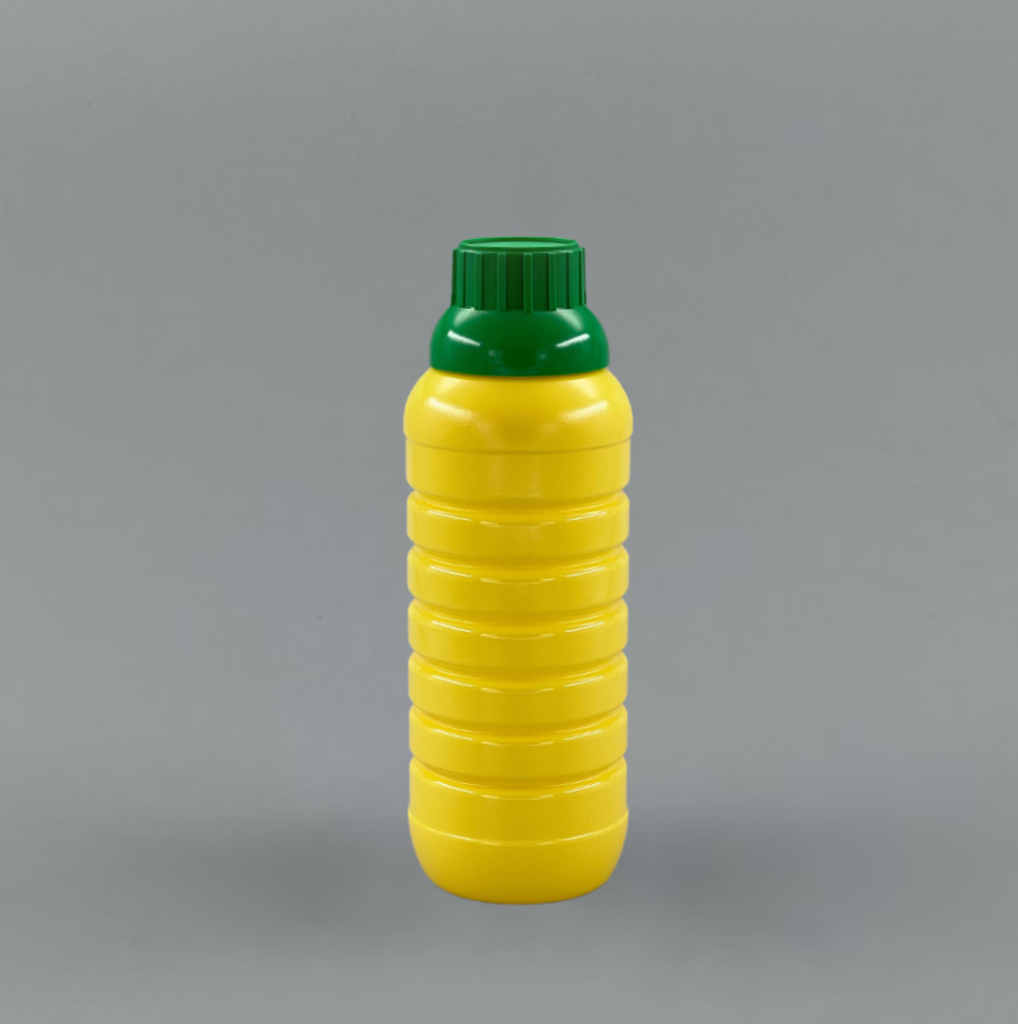When it comes to effective weed management, selecting the right herbicide is essential. Among the most commonly used herbicides are 2,4-D, Metsulfuron-methyl, and Glyphosate—each offering distinct properties, targets, and use cases. This article explores the fundamental differences between these three herbicides to help you make an informed choice.
What Is 2,4-D Herbicide?

2,4-D is a selective systemic herbicide first introduced in the 1940s and remains widely used around the globe today. It is part of the phenoxy acid group and is specifically designed to control broadleaf weeds without harming grasses.
✔ Mode of Action: Mimics the natural plant hormone auxin, causing uncontrolled growth in broadleaf weeds, which leads to their death.
✔ Target Weeds: Broadleaf weeds in turfgrass, cereal crops (like wheat, corn, rice), and pasture.
✔ Typical Uses:
- Applied in grain crops such as wheat and corn
- Used in residential and commercial lawn care
- Frequently mixed with Glyphosate or Dicamba for broader-spectrum control
✔ Selectivity: Targets broadleaf weeds; safe for grasses and cereal crops.
Best for: Lawn maintenance, cereal crops, and pastures where grass must be preserved while eliminating broadleaf intruders.
What Is Metsulfuron-methyl?
Metsulfuron-methyl belongs to the sulfonylurea class of herbicides and is known for its high selectivity and low usage rates. It is used post-emergence, mainly in cereal crops and non-crop areas to control both broadleaf weeds and certain brush species.
✔ Mode of Action: Inhibits the ALS (acetolactate synthase) enzyme, halting the production of essential amino acids and stopping plant growth.
✔ Target Weeds: Broadleaf species, woody brush, and certain grassy weeds.
✔ Typical Uses:
- Applied in wheat, barley, and other cereal fields
- Effective for rangeland and forestry vegetation control
- Suitable for brush and woody weed management in non-crop zones
✔ Selectivity: Very selective; does not affect most grasses when used as directed.
Best for: Agricultural and forestry weed control, especially where brush or woody plants are a concern.
What Is Glyphosate?

Glyphosate is arguably the most well-known non-selective herbicide, famous for its role in total vegetation control. As a broad-spectrum solution, it eliminates nearly all plant species, including grasses, broadleaf weeds, and woody plants.
✔ Mode of Action: Inhibits the EPSP synthase enzyme, a critical component in amino acid synthesis. It is systemic and travels through the plant to kill roots and shoots.
✔ Target Weeds: All types—annuals, perennials, grasses, broadleaf weeds, and woody vegetation.
✔ Typical Uses:
- Applied in pre-planting and no-till farming systems
- Used in non-crop areas like roadsides, fence lines, and industrial sites
- Suitable for aquatic weed control in some formulations
✔ Selectivity: Non-selective; kills nearly all vegetation it contacts.
Best for: Total vegetation clearance or weed removal prior to replanting.
Side-by-Side Comparison
| Herbicide | Mode of Action | Targets | Selectivity | Common Applications |
|---|---|---|---|---|
| 2,4-D | Mimics plant hormone (auxin) | Broadleaf weeds | Selective (broadleaf) | Cereal crops, turfgrass, lawns |
| Metsulfuron-methyl | ALS enzyme inhibitor | Broadleaf weeds, brush species | Selective | Wheat, barley, pastures, forestry |
| Glyphosate | Inhibits EPSP synthase | Grasses, broadleaf weeds, woody plants | Non-selective | No-till farming, industrial sites, aquatic use |
Which Herbicide Should You Choose?
- For broadleaf control in lawns or cereal crops: Go with 2,4-D.
- For tackling brush and woody weeds in agriculture or forestry: Metsulfuron-methyl is ideal.
- For clearing everything, including grasses and tough perennials: Glyphosate offers total vegetation control.
